The Japanese cucumber salad, known as "Sunomono," is a light and refreshing side dish commonly served in Japanese cuisine. It's refreshing and crunchy and makes a perfect accompaniment to any meal.
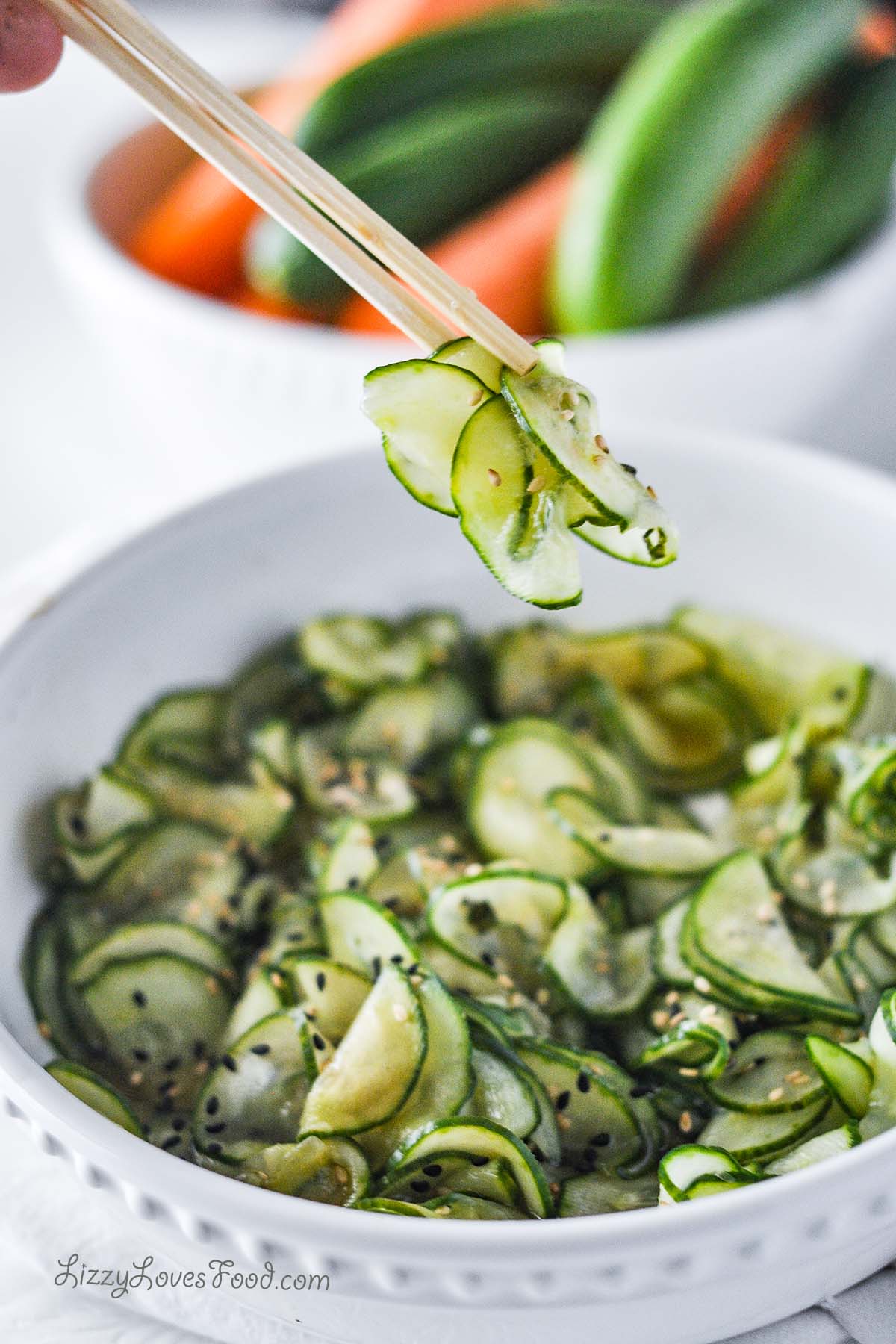
I first had this salad when it was a side dish at some of the Japanese restaurants that we tried in DC. One of the things that I love about a Japanese meal is the side dishes are small but have tons of variety of mostly vegetables.
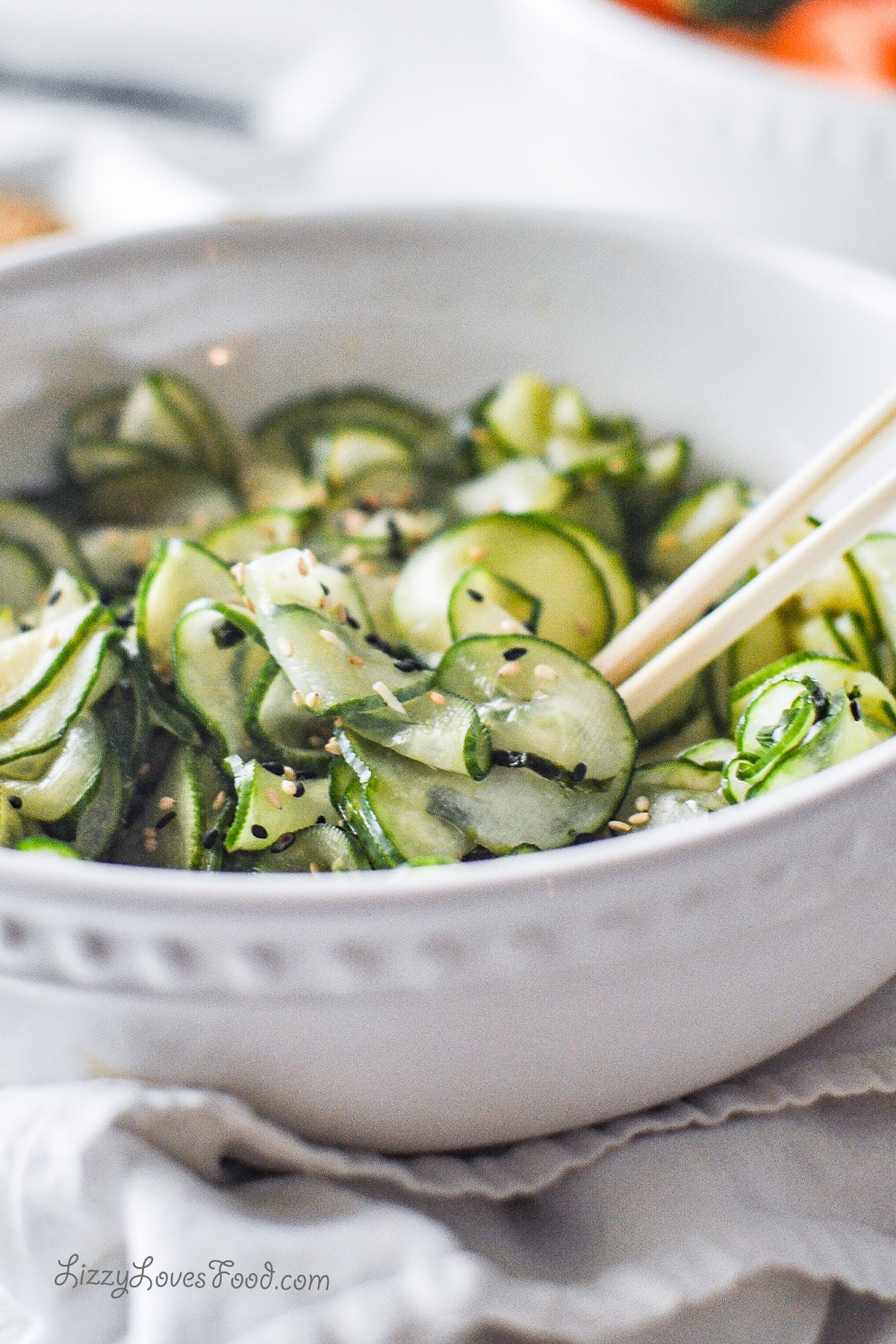
This Japanese cucumber salad recipe is also known as Sunomono salad which means "vinegar thing". Now with my husband being a diabetic, who has a medically restrictive diet, this delicious side dish is very important for him so he feels less deprived. This simple salad for hot summer months with weekend barbecues is my go-to for quick turnaround.
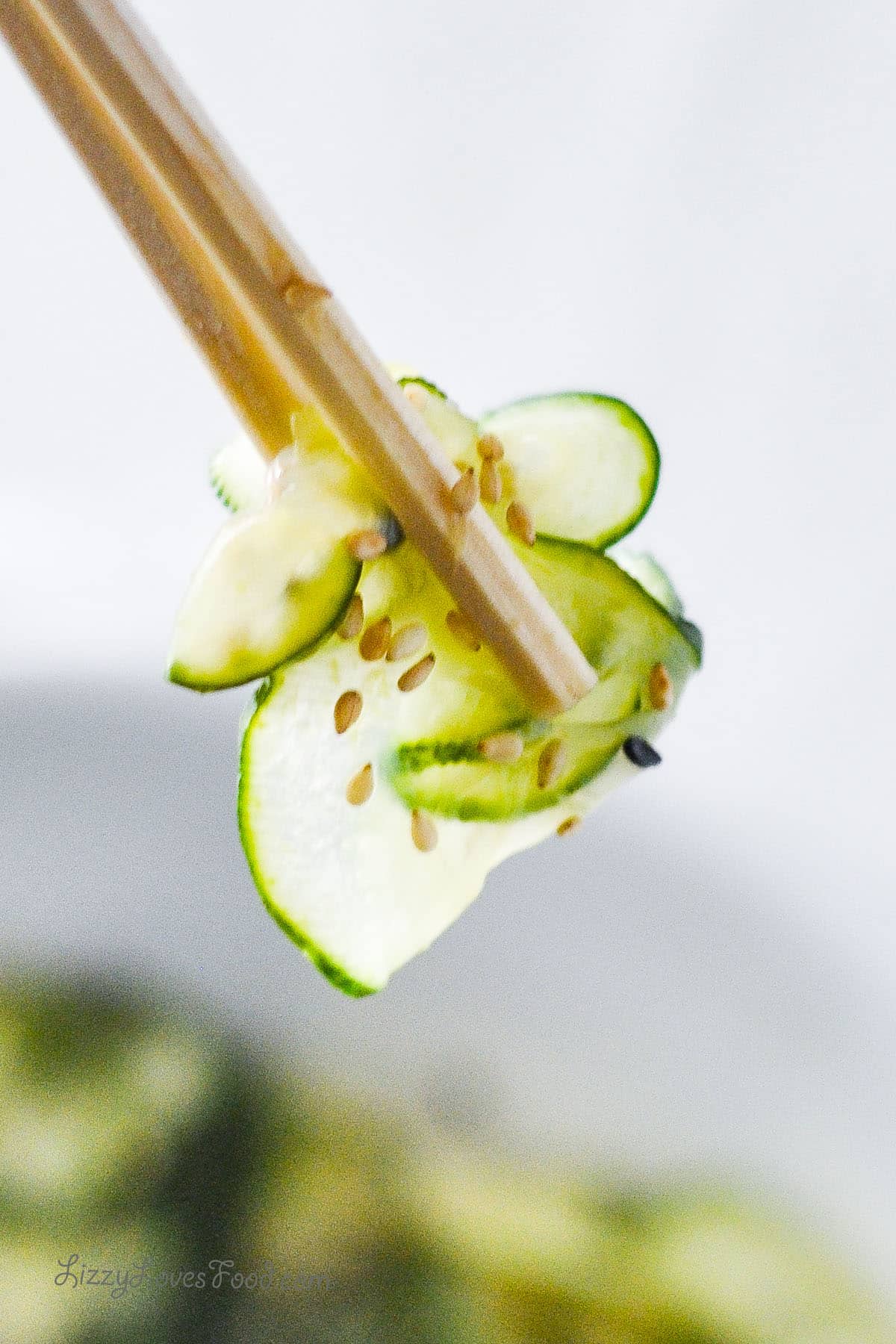
So let's get started so I can show you this wonderful dish.
Type of Cucumber to Use
Depending on what cucumber is used most varieties can be found at a grocery store or at Asian supermarkets.
Japanese cucumbers: Japanese cucumbers or Korean cucumbers are often smaller and thinner than standard cucumbers. They have a crisp texture and are commonly used in Asian dishes, salads, or for pickling.
Persian cucumbers: Also known as mini or baby cucumbers, these are smaller versions of the standard cucumber. They're crunchy and seedless, making them ideal for snacking, salads, and pickling.
Armenian Cucumbers: Also called snake cucumbers, these are long and slender with pale green skin. They have a mild flavor and are often used fresh in salads or sandwiches.
Lemon Cucumbers: These cucumbers are round, yellow, and about the size of a lemon. They have a mild, slightly sweet flavor and are often eaten fresh in salads or sliced for snacks.
English or European Cucumbers: These cucumbers are longer and thinner than slicing cucumbers, with smoother skin and fewer seeds. They're often wrapped in plastic at grocery stores. English cucumbers have a mild, slightly sweet flavor and are great for salads and slicing.
Japanese Cucumber Salad Ingredients
- Japanese or English cucumbers
- rice wine vinegar
- sugar
- soy sauce
- salt
- sesame seeds, toasted (optional)
- sesame oil (optional)
- Thinly sliced seaweed (such as wakame or nori) for garnish (optional)
How to Make Japanese Cucumber Salad
- Start by washing the cucumbers thoroughly. You can peel them if desired, but leaving the skin on adds texture and color.
- Slice cucumbers thinly. You can use a knife, mandoline slicer, or a vegetable peeler for even slices. If you prefer, you can also cut them into julienne strips or use a spiralizer for a different presentation.
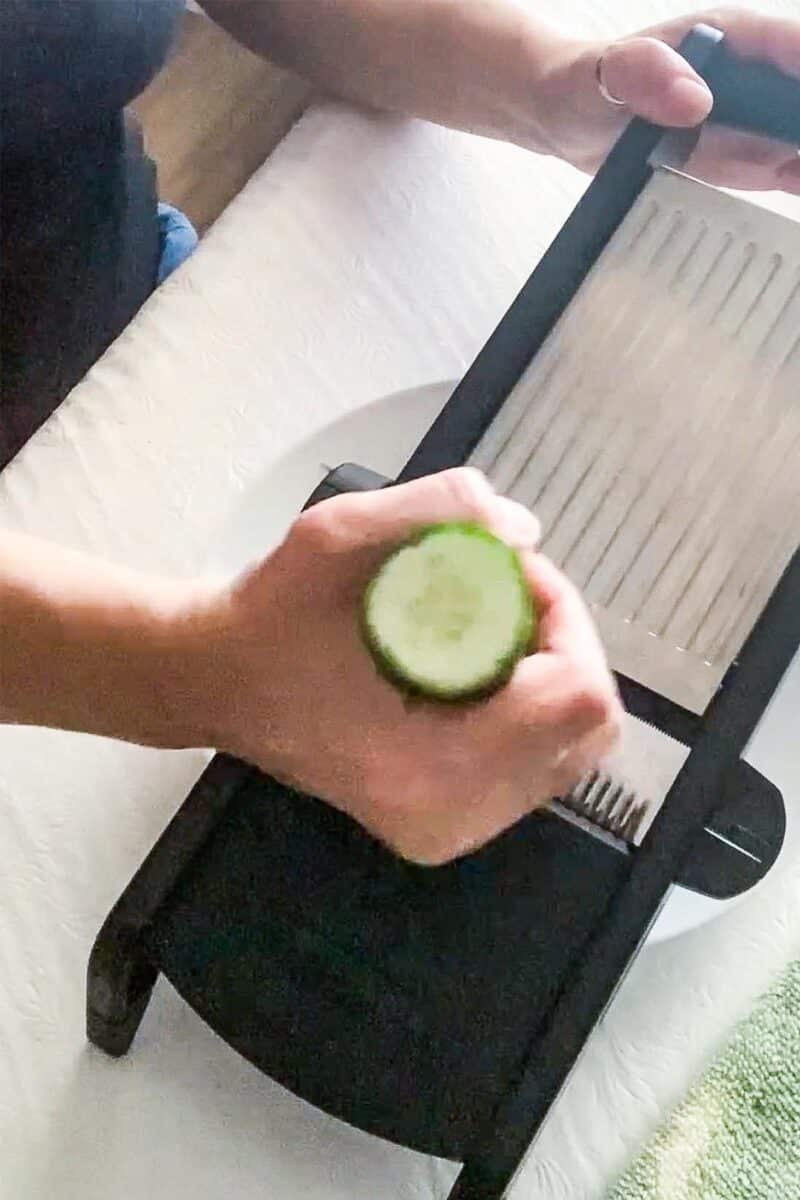
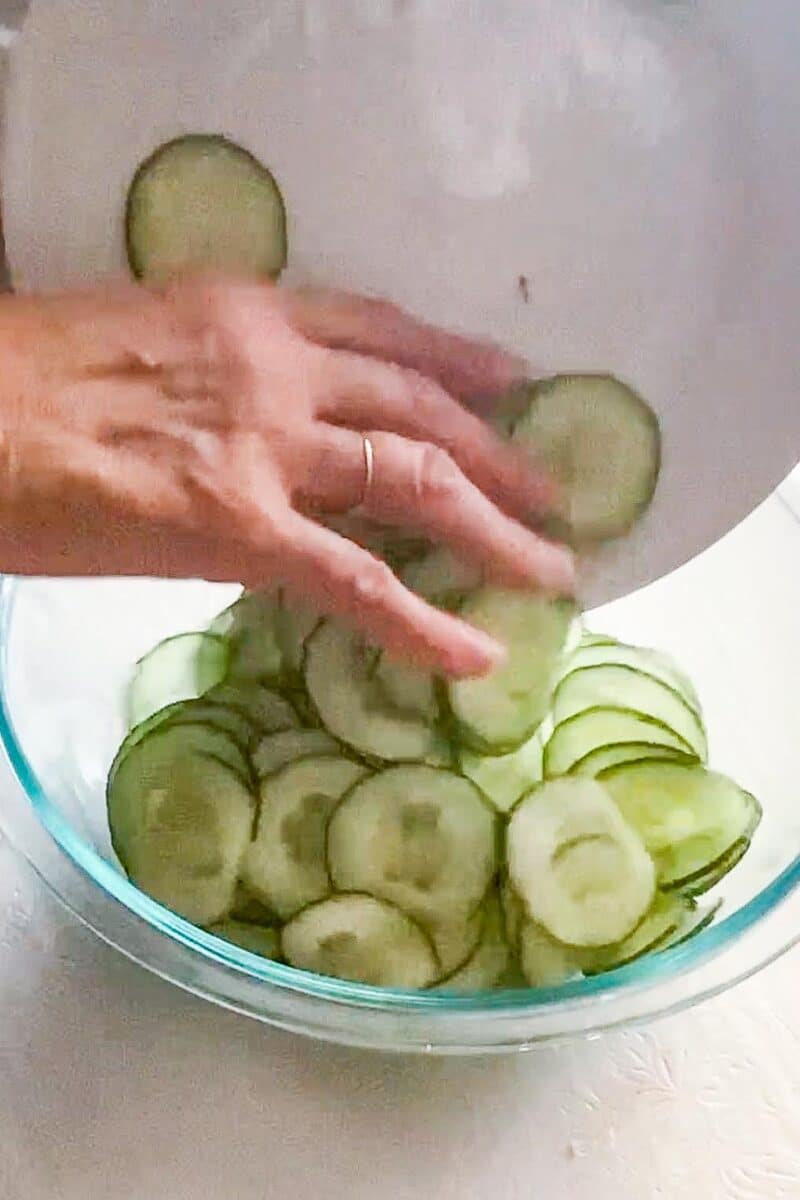
- Place the cucumber slices in a medium bowl and sprinkle them with salt. Toss well to coat the cucumbers evenly. Let them sit for about 10-15 minutes to allow the salt to draw out excess moisture.
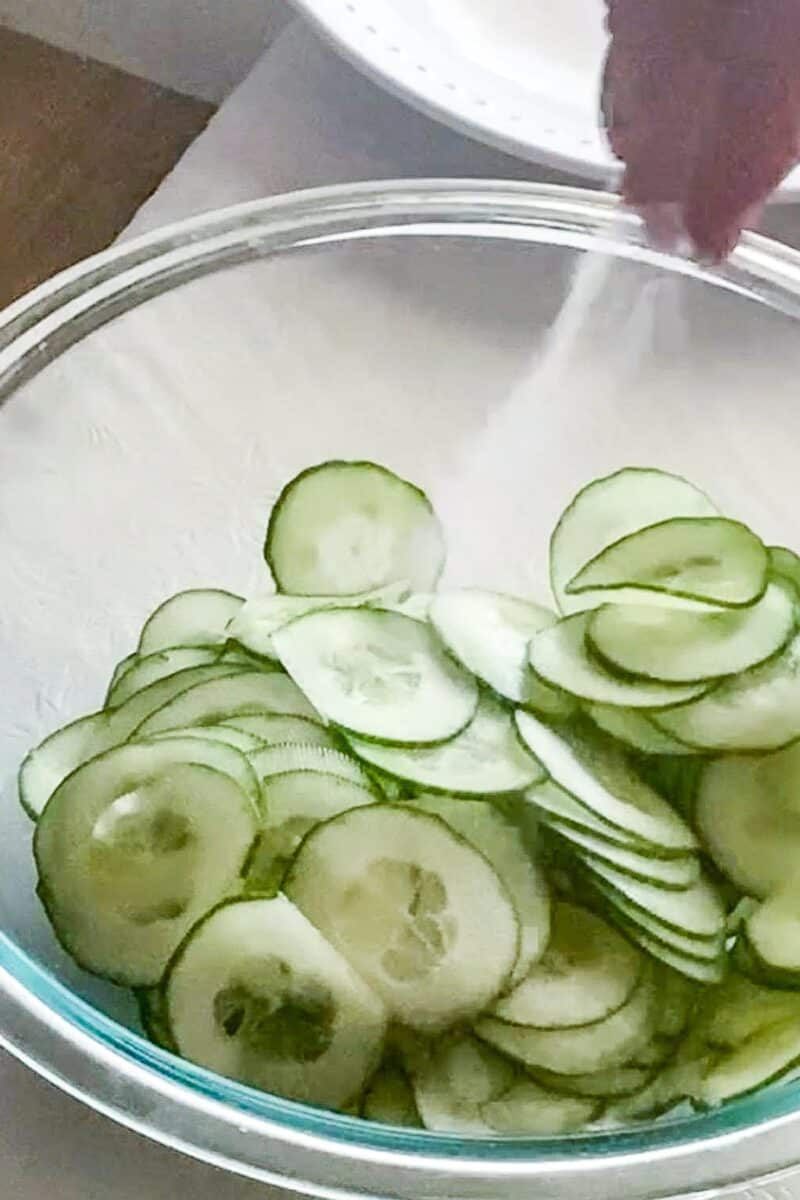
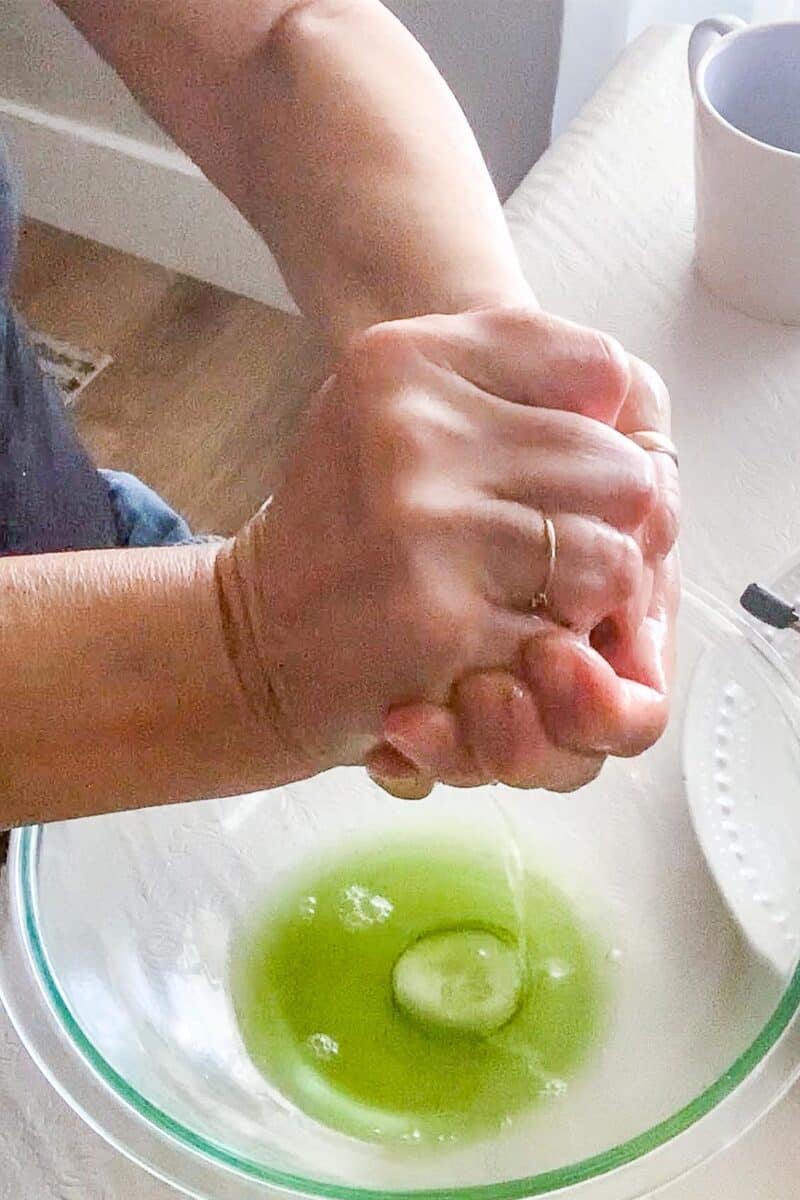
- After the resting period, drain any excess water from the cucumbers by gently squeezing them or patting them dry with paper towels.
- Add rice vinegar, sugar, and soy sauce until the sugar has dissolved. If using, add the sesame oil for extra flavor or the olive oil you have at home to the cucumber slices and toss until well combined. Make sure the cucumbers are evenly coated with the dressing.
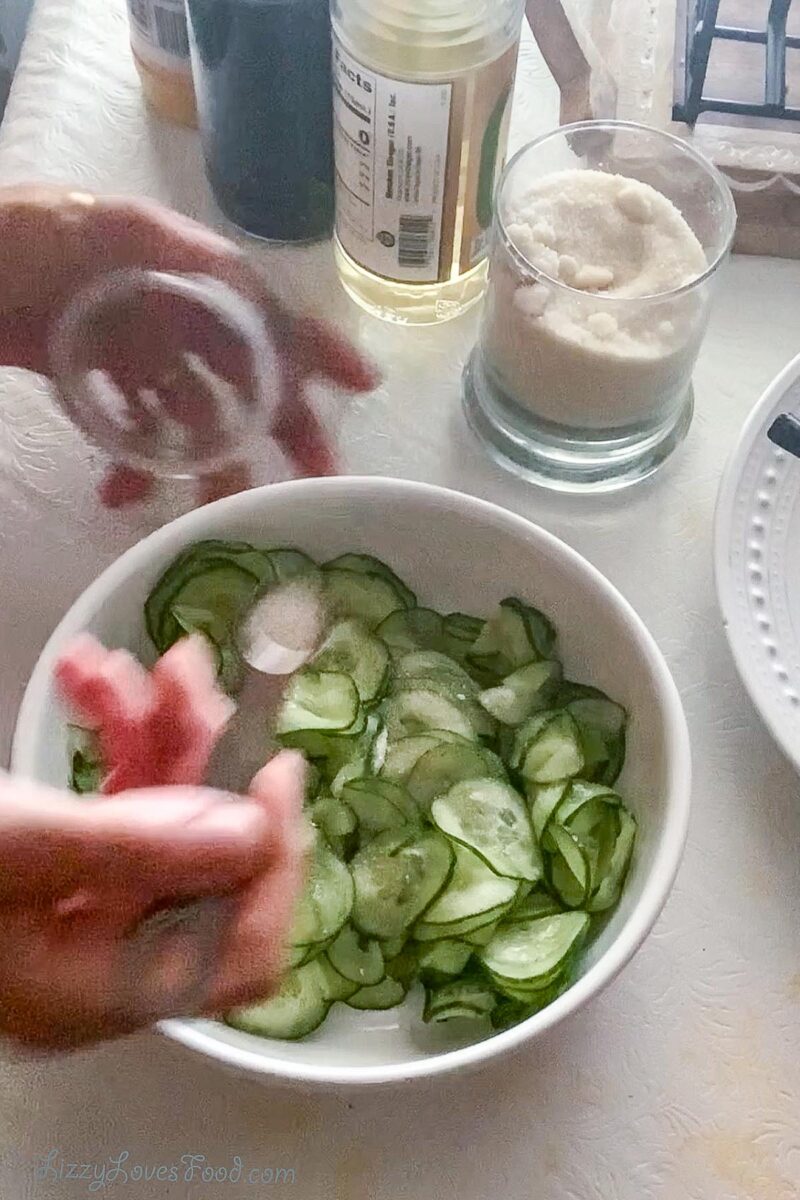
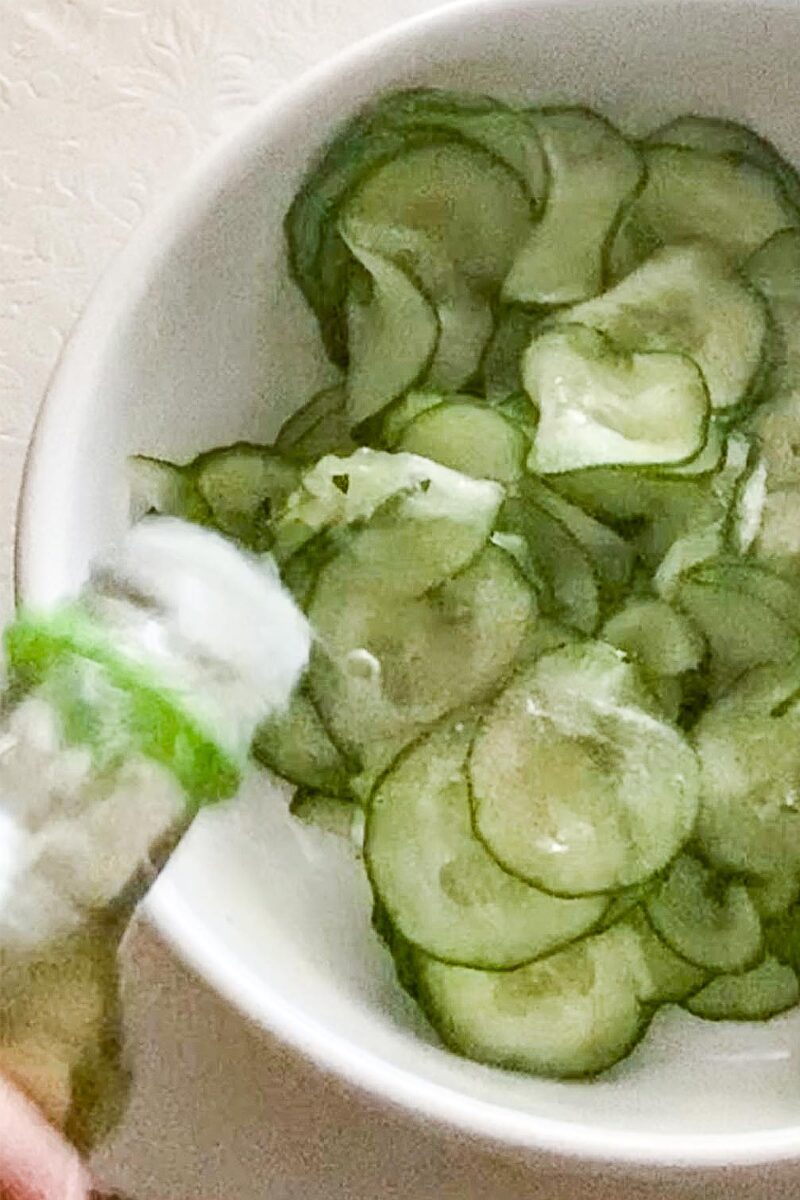
- Sprinkle toasted sesame seeds over the cucumber salad for added flavor and garnish.
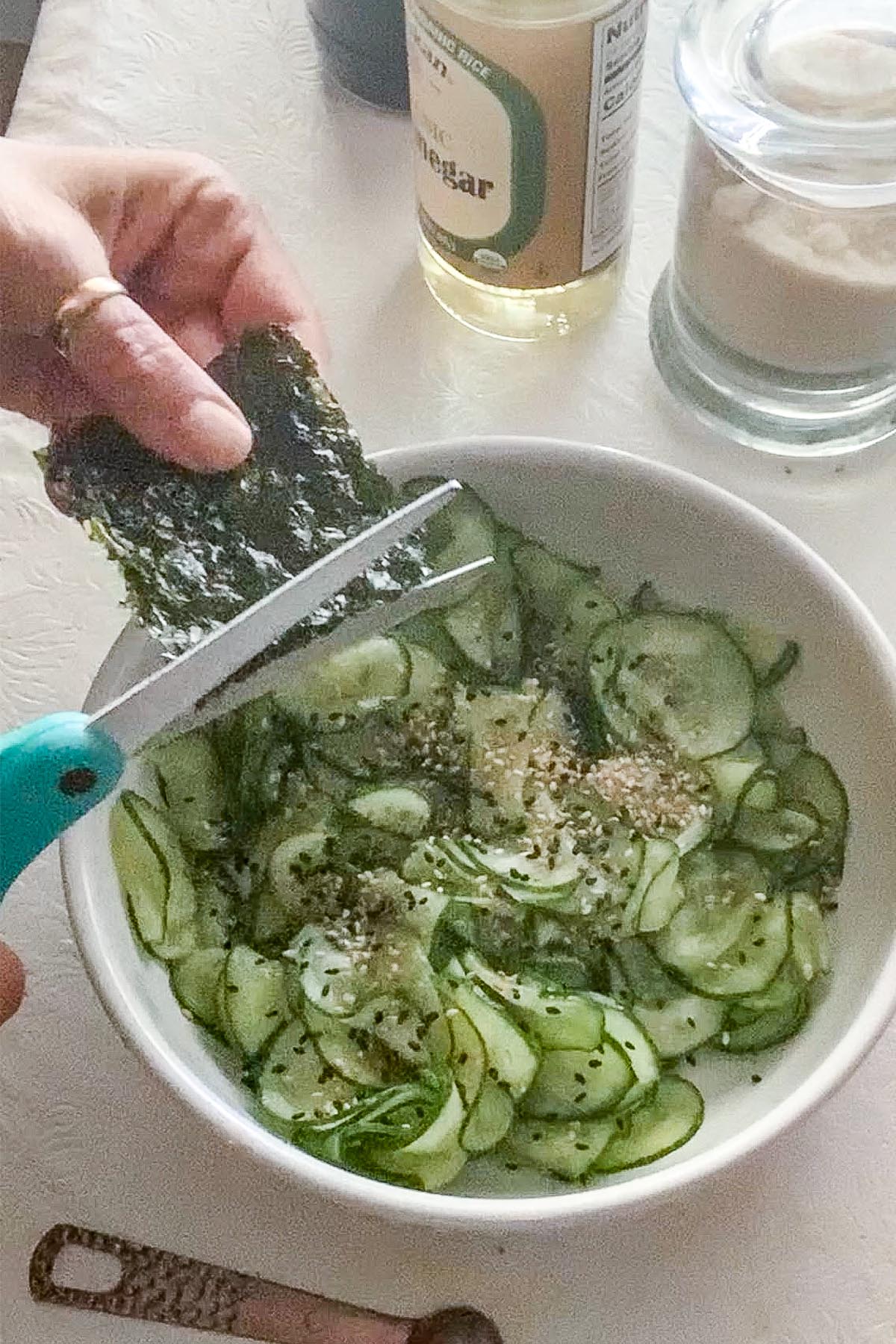
- For an extra touch, you can garnish the salad with thinly sliced seaweed, such as wakame or nori, for a traditional Japanese flair.
- Let the salad marinate in the refrigerator for at least 15-20 minutes before serving to allow the flavors to meld together.
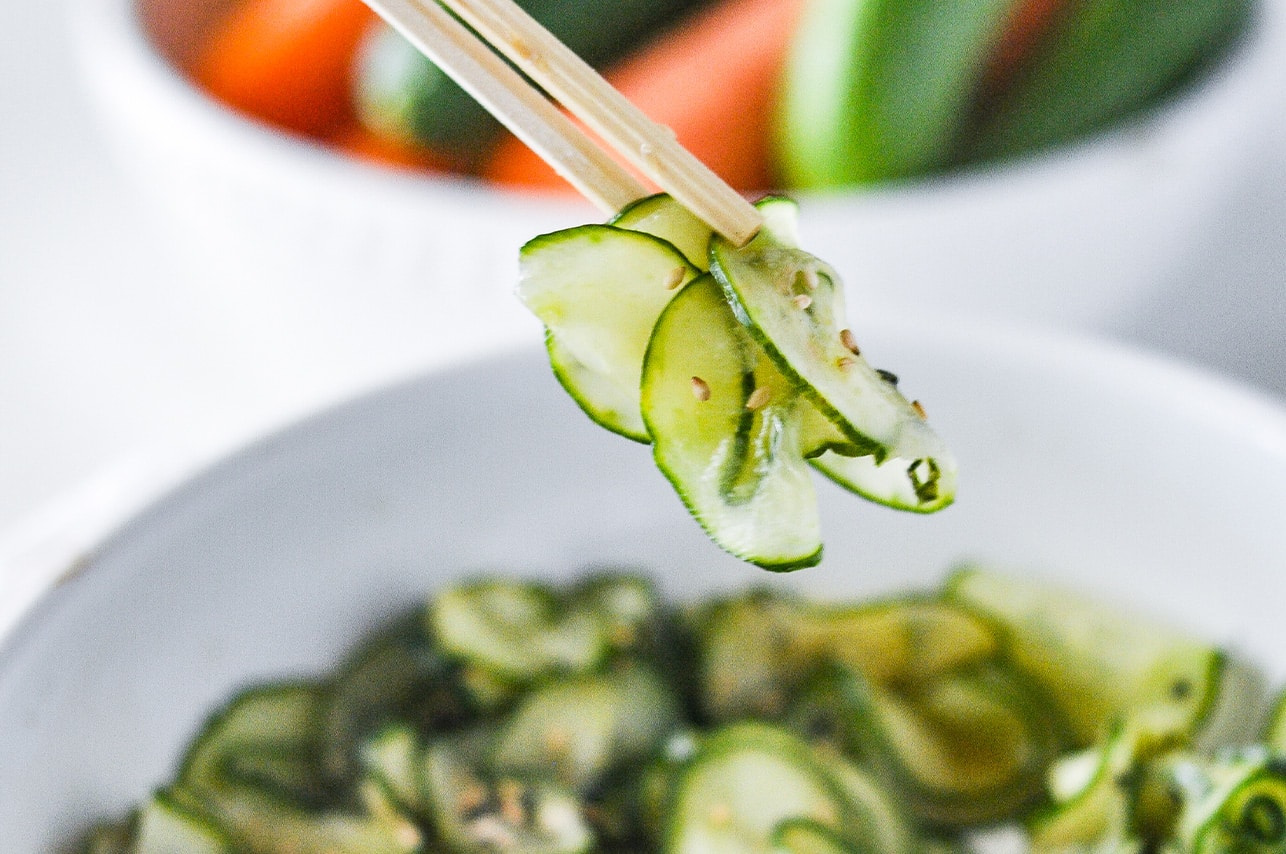
What is Japanese Cooking
This beautiful country has a culture dating back to around 38–39,000 years ago and has a rich culinary tradition that emphasizes fresh, seasonal ingredients, meticulous preparation, and aesthetic presentation.

Here are some key aspects of Japanese cooking:
- Rice: Rice is a staple of the Japanese diet and is often served with every meal. Short-grain japonica rice is the most commonly used variety.
- Fish and Seafood: Japan is surrounded by the sea, so seafood plays a prominent role in Japanese cuisine. Sushi, sashimi, grilled fish, and seafood soups are popular dishes.
- Noodles: Various types of noodles are widely consumed in Japan, including soba (buckwheat noodles), udon (thick wheat noodles), and ramen (Chinese-style wheat noodles served in broth).
- Miso: Miso, a fermented soybean paste, is used for miso soup, marinades, dressings, and sauces. There are different varieties of miso, each with its own flavor profile.
- Soy Sauce: Soy sauce is a fundamental seasoning in Japanese cooking, used for marinating, dipping, and seasoning dishes.
- Tofu: Tofu, made from soybeans, is a versatile ingredient in Japanese cuisine. It can be used in soups, stir-fries, and as a substitute for meat in vegetarian dishes.
- Fresh vegetables: Vegetables like daikon radish, kabocha squash, seaweed, mushrooms, and bamboo shoots are commonly used in Japanese cooking. They are often prepared in simple, flavorful ways to highlight their natural taste.
- Tempura: Tempura is a cooking technique where ingredients are coated in a light batter and deep-fried until crispy. Common ingredients for tempura include shrimp, fish, vegetables, and mushrooms.
- Tea: Green tea, particularly matcha (powdered green tea), is an integral part of Japanese culture and is often served with meals or enjoyed on its own.
- Seasonality: Japanese cuisine places a strong emphasis on seasonality, with dishes often featuring ingredients that are in season at the time. This ensures freshness and enhances the natural flavors of the ingredients.
Some Items For This Recipe
(Amazon affiliate links)- Check out all of my Amazon Storefront or buy some items for this recipe.
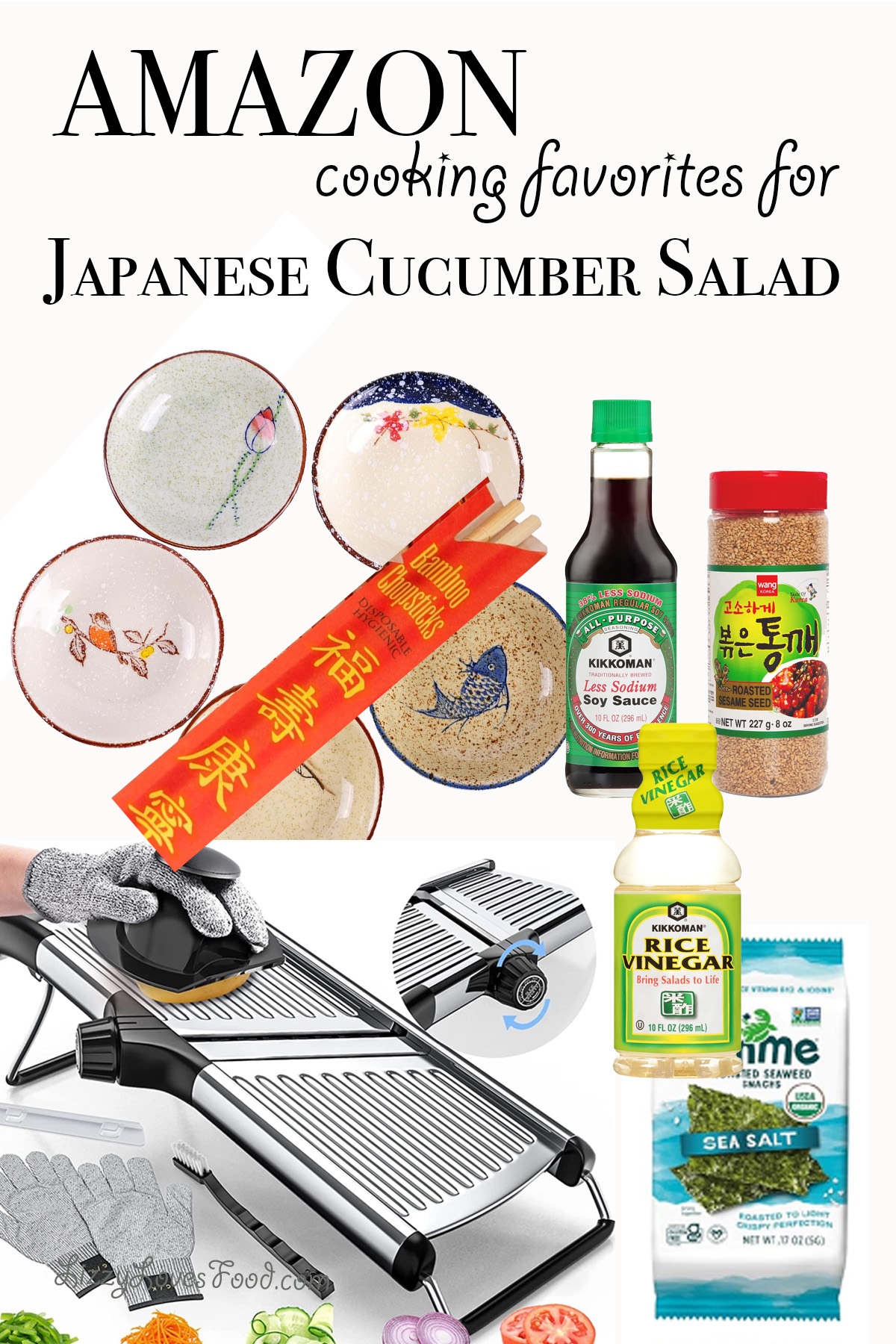
More Asian Recipes To Enjoy
Japanese food values harmony in flavors, colors, and textures, as well as meticulous presentation, often using minimalist aesthetics to showcase the beauty of the food. Traditional Japanese meals typically consist of several small amount of dishes served together, offering a balanced and varied dining experience.
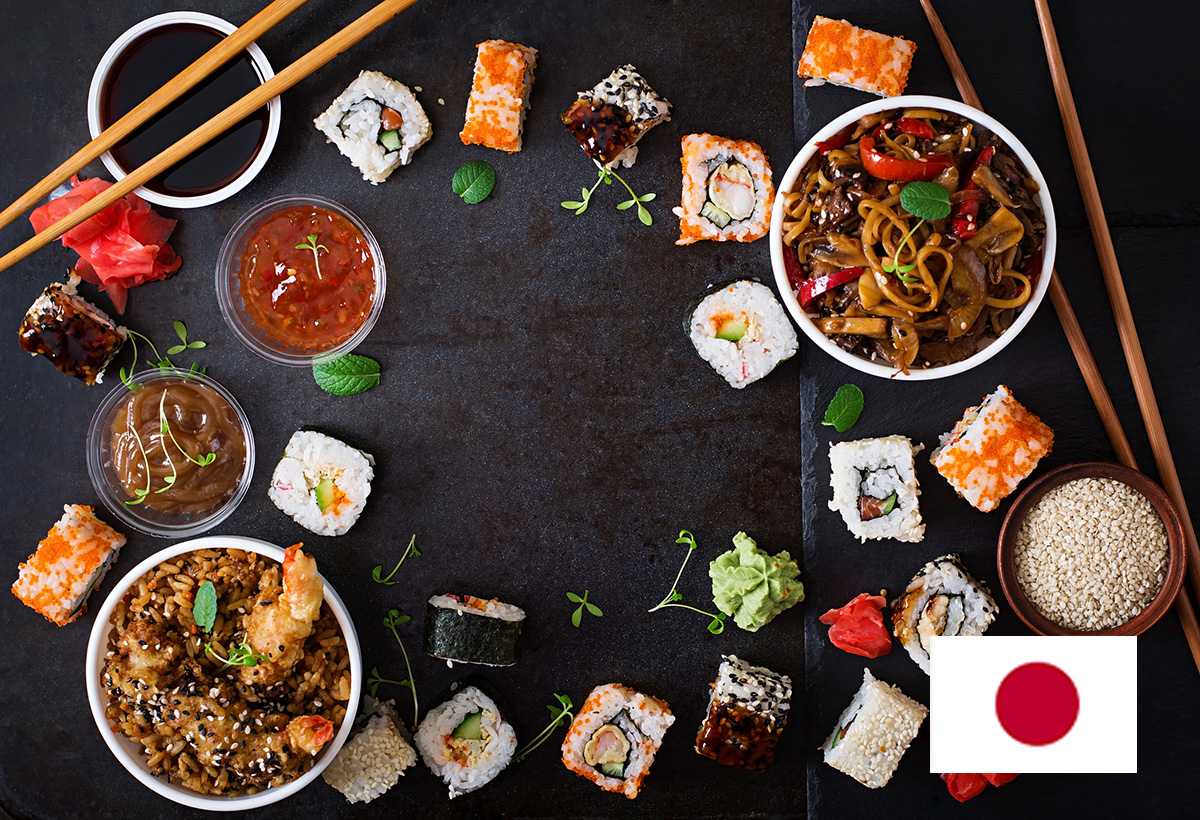
Hope you enjoyed our journey today with a Japanese favorite. Until next time my beautiful friends as my quest for the perfect bite continues. As they say in Japan, " お食事をお楽しみください O shokuji o o tanoshimi kudasai" - Enjoy your meal.
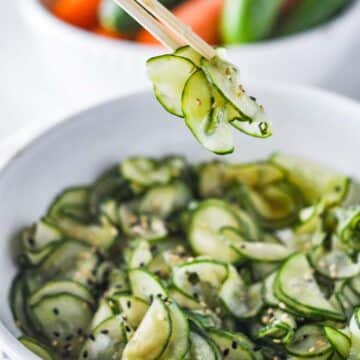
Japanese Cucumber Salad
Ingredients
- 2 medium-sized Japanese or English cucumbers
- 2 tablespoons rice wine vinegar
- 1 tablespoon sugar
- 1 teaspoon soy sauce
- ½ teaspoon salt
- ½ teaspoon sesame seeds toasted (optional)
- ¼ teaspoon sesame oil optional
- Thinly sliced seaweed such as wakame or nori for garnish (optional)
Instructions
- Start by washing the cucumbers thoroughly. You can peel them if desired, but leaving the skin on adds texture and color.
- Slice cucumbers thinly. You can use a knife, mandoline slicer, or a vegetable peeler for even slices. If you prefer, you can also cut them into julienne strips or use a spiralizer for a different presentation.
- Place the cucumber slices in a medium bowl and sprinkle them with salt. Toss well to coat the cucumbers evenly. Let them sit for about 10-15 minutes to allow the salt to draw out excess moisture.
- After the resting period, drain any excess water from the cucumbers by gently squeezing them or patting them dry with paper towels.
- Add rice vinegar, sugar, and soy sauce until the sugar has dissolved. If using, add the sesame oil for extra flavor or the olive oil you have at home to the cucumber slices and toss until well combined. Make sure the cucumbers are evenly coated with the dressing.
- Sprinkle toasted sesame seeds over the cucumber salad for added flavor and garnish.
- For an extra touch, you can garnish the salad with thinly sliced seaweed, such as wakame or nori, for a traditional Japanese flair.
- Let the salad marinate in the refrigerator for at least 15-20 minutes before serving to allow the flavors to meld together.
Notes
- Any cucumber works but I usually take out the seeds. It is hard on my digestion so I prefer English cucumbers because I can do the seeds on these.
- This salad is best on the same day.


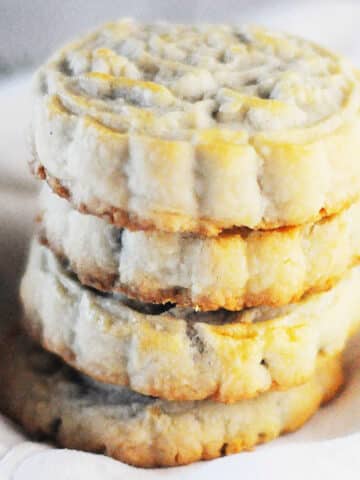


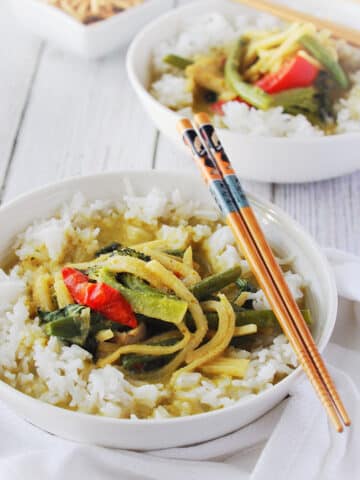
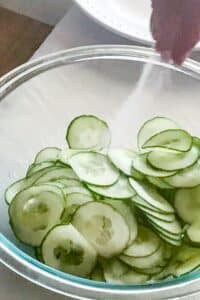
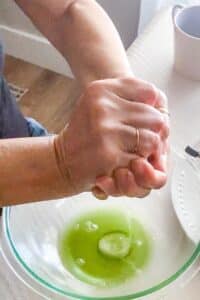
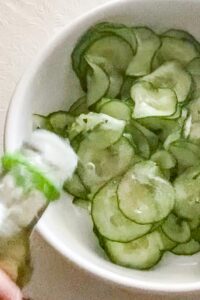
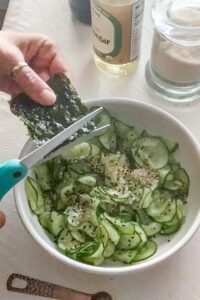
Lizzy
Love this recipe!